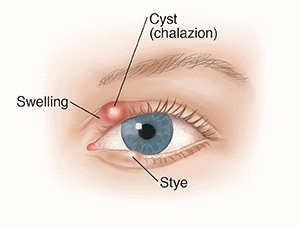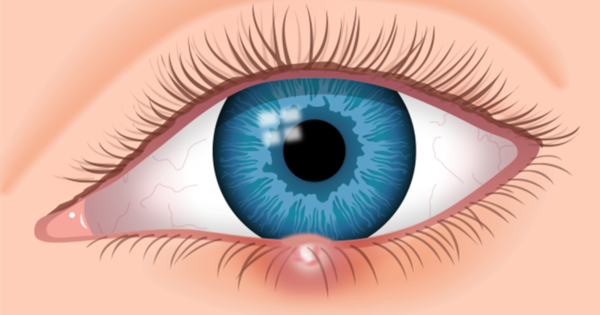Stye
Stye occur when the eyelid glands become infected. The flower is like a pustule that may grow inside or outside the eyelid. The flower does not cause any vision problems and may occur at any age.

Signs and symptoms
Signs and symptoms
It starts with pain, redness, tenderness, and swelling in the position, and then a pustule develops. Sometimes it is just adjacent to the swollen lesion and sometimes the eyelids swell. Occasionally, runoff, foreign body sensation, and light sensitivity may occur.
What causes the stye?

Stye Treatment
Stye Treatment
The Stye often heals within a few days without treatment. You can accelerate recovery by warm compressing 4 times a day for 10 to 15 minutes. This reduces the pain and speeds up soldering. Usually, the surface of the Stye is ruptured after some time and then heals and heals.
In ordinary Styes, antibiotic or oral antibiotic drops are useless. However, in young children or people with highly inflamed vesicles, oral antibiotics may need to be used by an ophthalmologist to prevent the spread of infection to the rest of the eyelid and adjacent parts.
Never press the Stye and let it roll itself.
If you have frequent Styes, it is best to use antibiotic ointment to prevent recurrence. Also, regular washing of the eyelid edges with baby shampoo reduces its recurrence.
Styes that form on the inner surface of the eyelid may disappear completely or spontaneously, and sometimes it may be necessary for the physician to open and discharge them. The anesthetic drainage is performed with local anesthesia using an anesthetic drip, and the cilia are drained from the back of the eyelid.
